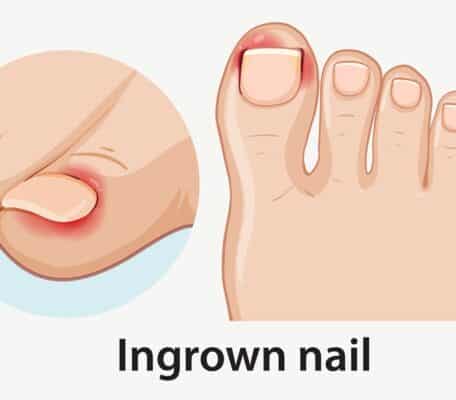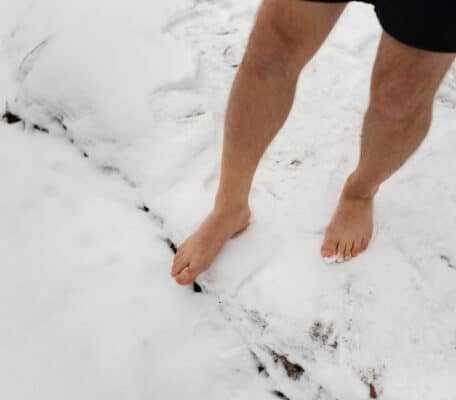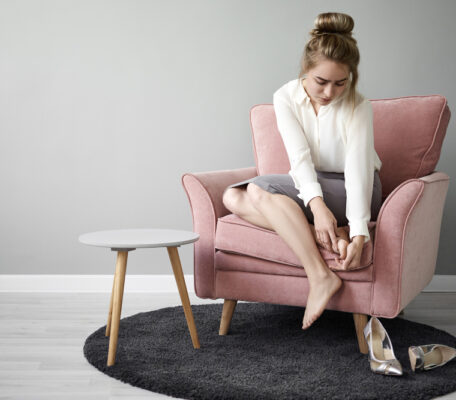Have you been to shoe shops in Ireland that look like they sell instruments of torture? Unfortunately, all too many of the shoe shops that you encounter in your shopping trips sell shoes that are designed for fashion, but not for your comfort.
If you experience frequent foot pain, you know the importance of choosing shoes based not solely on appearance, but also on comfort. That doesn’t mean that you want to wear ugly shoes, though. Check out these tips to help you choose shoes that offer the best of both worlds – fashion and comfort.
- Remember that sizes vary. Don’t choose a shoe based solely on the size that you think you wear. Always try them on before you buy, and try both a size up and a size down to see what is most comfortable for you. A size can be different from one designer to another, so you have to put them on see which size is best for you. Also, remember that your size may change over time. It is common to change shoe sizes with age, pregnancy, and weight gain – feet may get wider and flatter, too. You should have your feet professionally measured at least once a year so you know where you stand.
- Don’t choose shoes that are very heavy. Heavy shoes are a burden on your feet. Rubber soles are heavier than PU, or EVA soles for example. While rubber tends to last longer, these materials are much lighter & provide more shock absorption with each step. Your feet may get tired from carrying heavier shoes, and as a result, the feet may roll inward (over pronation). This over pronation may then lead to pain.
- Choose shoes with uppers that are made of flexible materials. A flexible material, like leather or suede, will stretch a bit to accommodate the foot. Plastic, cloth, and patent leather will not stretch as easily, which means that they will be more constricting on your foot.
- Make sure your feet have plenty of cushioning. If the shoe that you choose doesn’t have enough cushioning inside– and most don’t – look for shoes that have removable insoles, & some extra depth, so that you can supply your own cushioning by adding inserts. There are inserts available that will fit into most shoes, to give you the extra bit of padding that you need to stay comfortable. However – the deeper the shoe, the more cushioning / support that can be added.
- Don’t wear super-high heels. The higher the heel, the more uncomfortable the shoe will be. Stick with a medium heel in order to suffer less. Pay attention to the width of the heel, as well. A very narrow heel, like a stiletto, is less stable and places more pressure on the balls of the feet. A wider heel will give you more stability and reduce the pressure on the balls of your feet. Look for heels that are well-placed; the heel of the shoe should be directly under the heel of your foot, not behind it.
- Choose shoes that have solid, substantial soles. You need some protection between your feet and the ground. The thick bottoms on wedges and platforms can function like shock absorbers. The sole should be strong in the midfoot area for support, but should be flexible in the forefoot area, to allow the toes to function properly.
- Adjustability is key. Look for shoes that can be adjusted through laces, straps, or ties. This allows you to adjust the fit of the shoe to accommodate high arches or give you some extra room when your feet get swollen.
- Just say no to toe cleavage. Shoes that are low cut and expose the toe cleavage will rub against the widest point of the foot, and that can irritate the toe joints. Instead, choose a shoe that covers the toes and the sides of the feet, and your toes should also have enough room to “wiggle” freely.
If you want to find shoes that are both comfortable and fashionable, visit Foot Solutions. We are your #1 choice of shoe shops in Ireland for beautiful and comfortable shoes.



